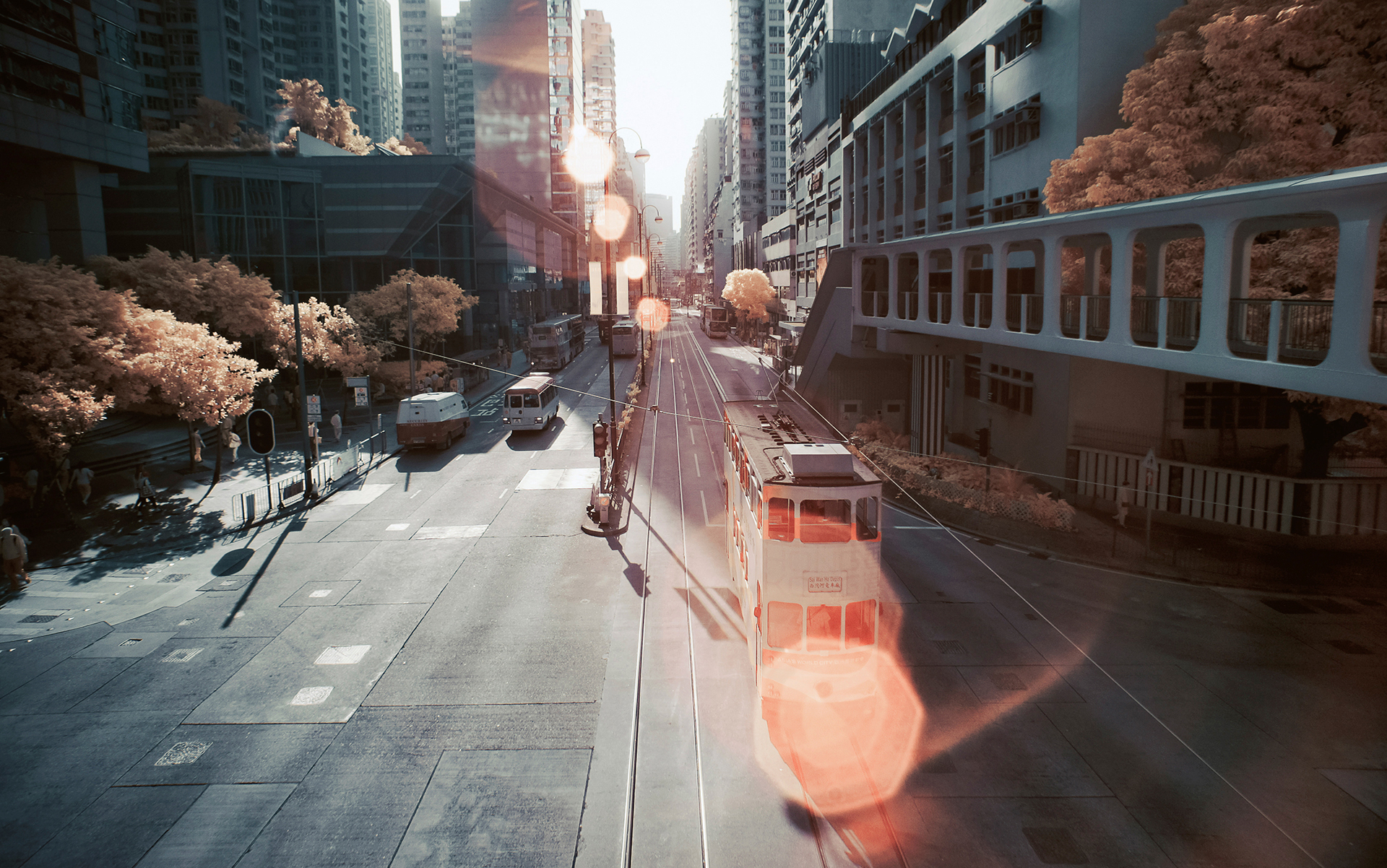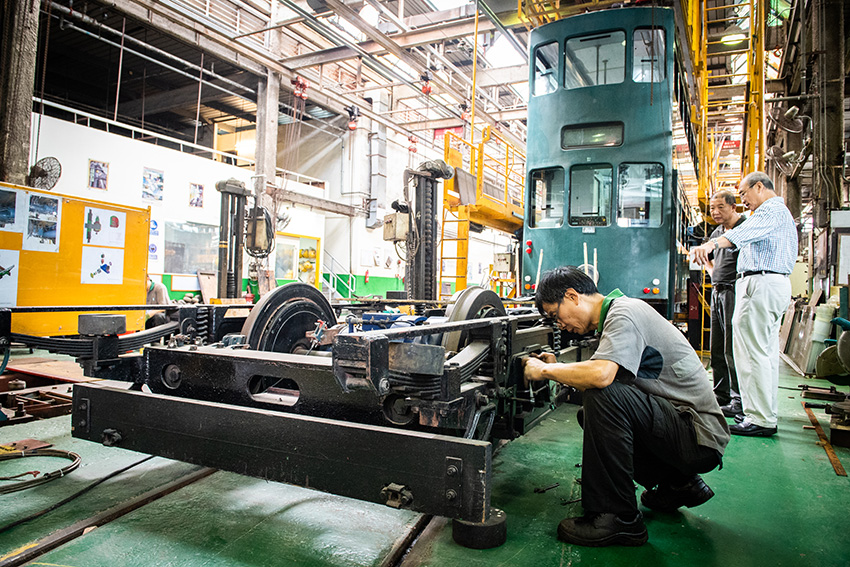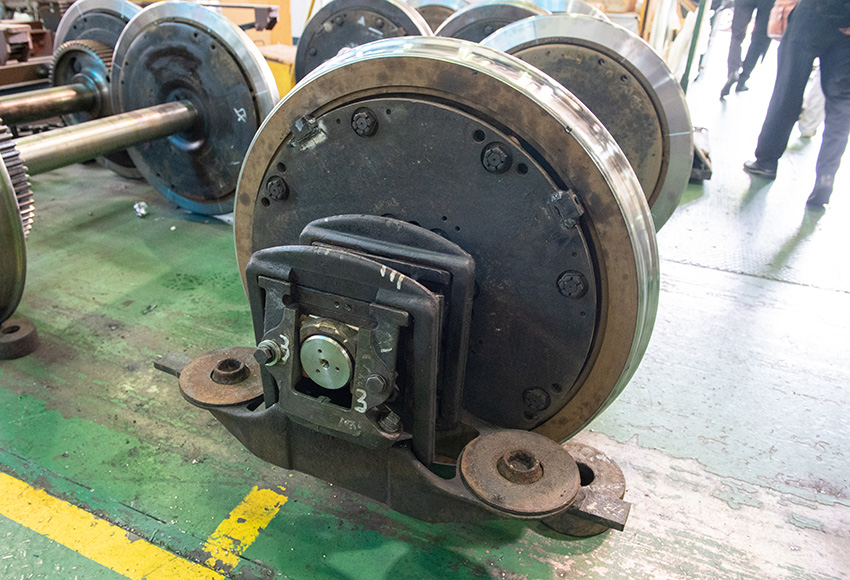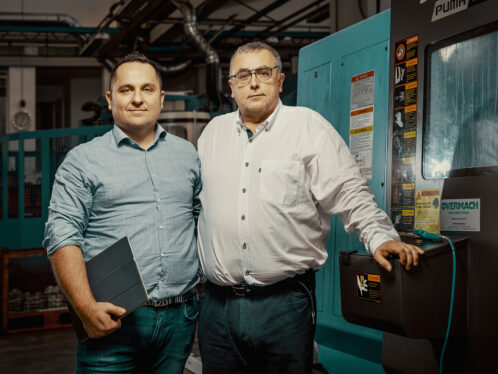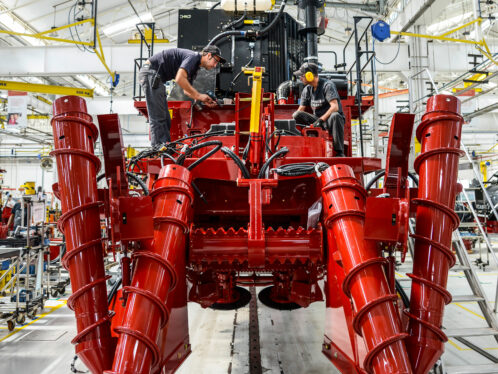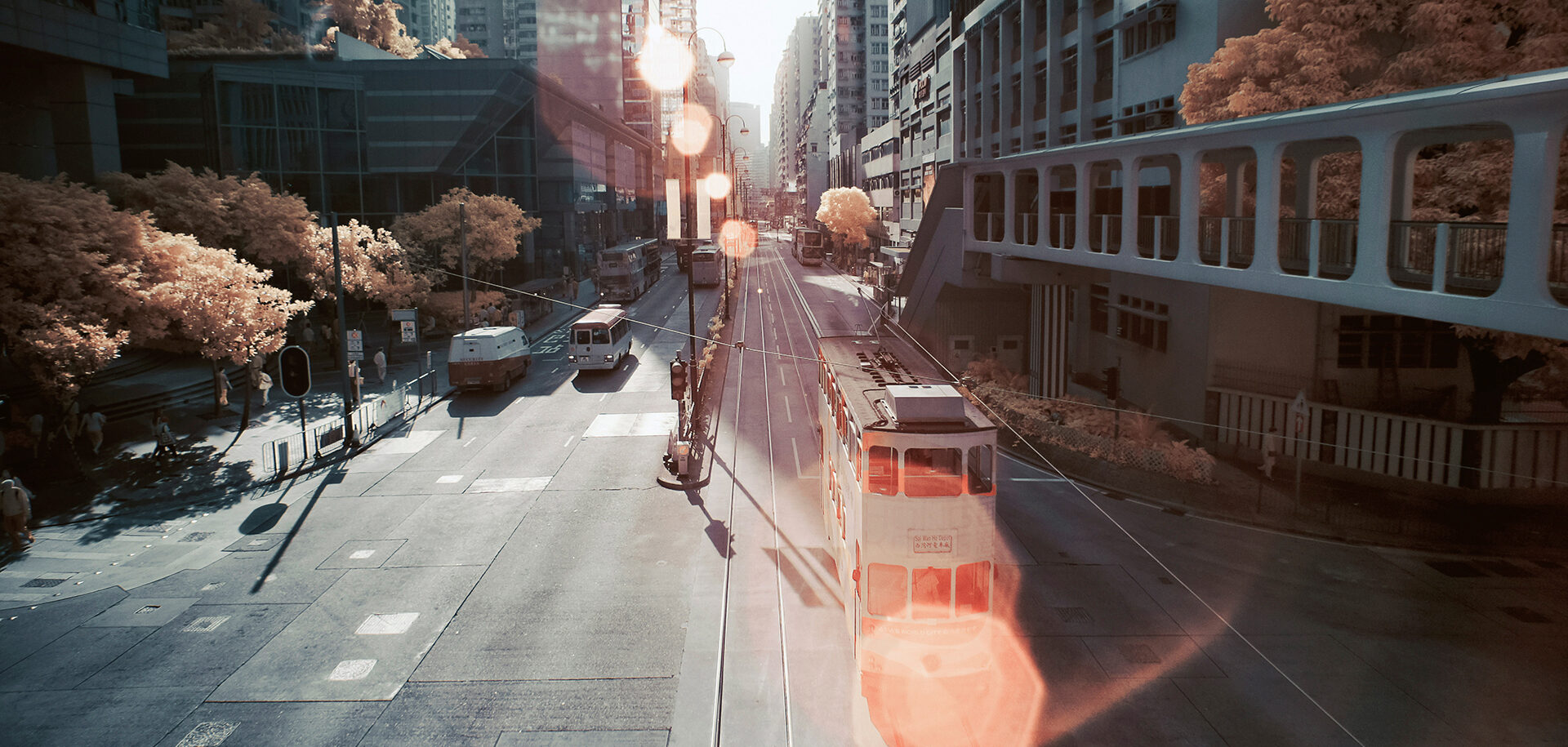
Modernizing the “ding-ding” trams
Hong Kong Tramways operates the world’s oldest and largest double-deck tram fleet. The company is now modernizing its trams with new technology. The challenge is that the old, unique design cannot be changed.
Hong Kong Tramways
The Hong Kong tram system is the world’s largest double-deck tram fleet still in operation; it carries up to 200,000 passengers every day.
The tramway runs on Hong Kong Island between Shau Kei Wan in the east and Kennedy Town in the west, with a branch circulating through Happy Valley.
Since 2010, Hong Kong Tramways has been wholly owned by a joint venture between two leading French operators of public transport: RATP Dev, which operates the Paris Métro, and Transdev, formerly Veolia Transdev, which has a presence in 20 countries and operates 13 different transport modes.
Hong Kong residents call the trams “ding-ding” in everyday speech, based on the double bell ring that warns pedestrians of their approach.
“Our long history, our strong reputation in the city and all the heritage values are good for us,” says Cyril Aubin, managing director of Hong Kong Tramways. “But [these factors] also provide some constraints since we are responsible for keeping and maintaining a unique design, one that is 60 or 70 years old.” In addition, the trams’ historic design has some built-in discomforts, including the screeching and banging that accompany the typical journey.
The big challenge for the company has been how to bring in new technology in the design to improve comfort and facilitate maintenance while still keeping the trams’ historic shape, coach and outlook.
Axleboxes with SKF tapered roller bearing units
“China’s CRRC Sifang Rolling Stock Research Institute, commissioned by Hong Kong Tramways, has carried out computer dynamic performance simulation analyses as well as structural and fatigue strength analysis of the bogies, both have been successfully validated,” says Steven Chan of Hong Kong Tramways. “After we have passed dynamic performance on-road tests, we will see which one of the prototypes will be the most suitable for us.”
“Since our trams are so unique, we can’t let an external manufacturer build them for us,” Aubin says. “We have to build and modify them by ourselves. We are not really a rolling stock manufacturer, but over the past decade we have gradually developed our skills.”
During the next five years, the first phase of this makeover, some 40 million Hong Kong dollars (4.5 million euros) will be spent to replace 60 bogies.
“Six years ago, we identified the axleboxes as being the most critical part of the bogies,” says Steven Chan, senior engineering manager at Hong Kong Tramways. “They cause us lots of problems, since they are breaking and cracking, and we have to use very skilful mechanics for the necessary welding repair.”
The current axleboxes are equipped with basic plain bearings, which create problems, especially at the many sharp bends along the tracks.
This led to discussions between Hong Kong Tramways and SKF on how to redesign the axleboxes to incorporate SKF bearings.
Our new bogies will bring great advantages for us.
Cyril Aubin
Managing director
“SKF has been very supportive,” says Aubin, “giving us technical advice. Since the bogies are originally from the 1920s, we don’t have any background data or engineering calculation sheets to compare with. We have to rediscover everything.
“Our new bogies will bring great advantages for us,” he says. “They will increase reliability, facilitate maintenance and reduce energy consumption. For the passengers, we hope they will find the rides smoother, less noisy and less shaky.”
The installation of the new bogies is expected to start in the first quarter of 2019.


